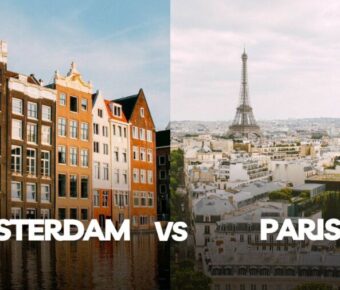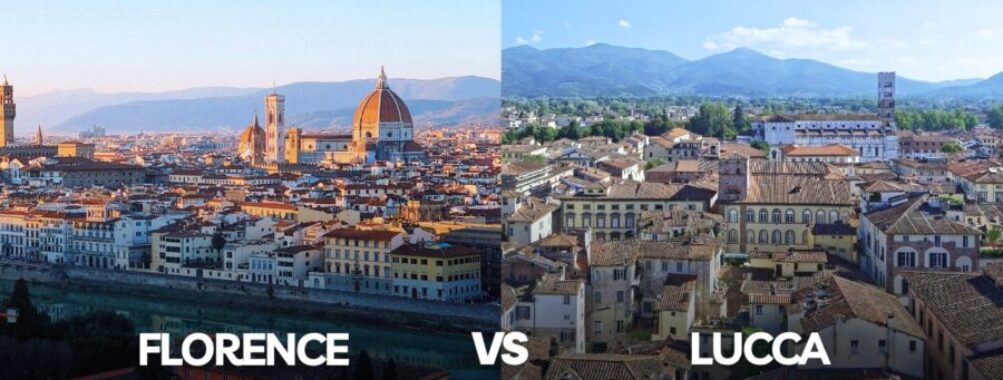
Florence vs Lucca: Which Historic Tuscan City Should You Visit in 2025?
Tucked away in the heart of Tuscany lie two captivating Italian cities that draw travelers from around the world. Florence dazzles with its Renaissance masterpieces and grand palaces, while Lucca charms visitors with its preserved medieval walls and intimate atmosphere.
Florence is a better base city for most travelers due to its central location, rich art scene, and extensive transportation connections. However, it tends to be more expensive and crowded than Lucca. The choice between these Tuscan gems often comes down to the Italian experience you seek.
Getting between these cities is simple with frequent trains taking about 80 minutes. Many tourists opt to stay in Florence and visit Lucca as a day trip, giving them the best of both worlds. Lucca’s quieter streets and lower prices make it perfect for those wanting to escape the tourist crowds and experience authentic Tuscan life.
Table of Contents
- Historical Context of Florence and Lucca
- Florence: Cradle of the Renaissance
- Lucca: A Bastion of History
- Art and Museums
- Florence’s Artistic Legacy
- Lucca’s Artistic Offerings
- Architectural Wonders
- Florentine Architecture
- Luccan City Walls and Structures
- Culinary Delights
- Taste of Florence
- Savoring Lucca
- Cultural Experiences and Activities
- Unique Florence Experiences
- Exploring Lucca’s Charm
- Shared Delights in Tuscany
- Shopping and Leisure
- Florentine Fashion and Markets
- Luccan Shops and Artisans
- Transportation and Accessibility
- Getting to and Around Florence
- Navigating Lucca
- Accommodations and Stays
- Staying in Florence
- Lodgings in Lucca
- Frequently Asked Questions
- What are the must-see attractions when comparing a visit to Florence and Lucca?
- How do the cultural experiences differ between Florence and Lucca?
- Can you highlight the advantages of choosing Lucca over Florence for a day trip?
- What travel options are available for those journeying between Florence and Lucca?
- Which city would make for a more relaxing vacation, Florence or Lucca?
- Aside from the popular tourist attractions, what are some unique activities in Lucca and Florence?
- Book Your Dream Experience
- More Travel Guides
Historical Context of Florence and Lucca

Florence and Lucca shaped Tuscany’s past as powerful city-states with distinct paths. These medieval powerhouses left lasting marks on Italian history through art, commerce, and architecture.
Florence: Cradle of the Renaissance
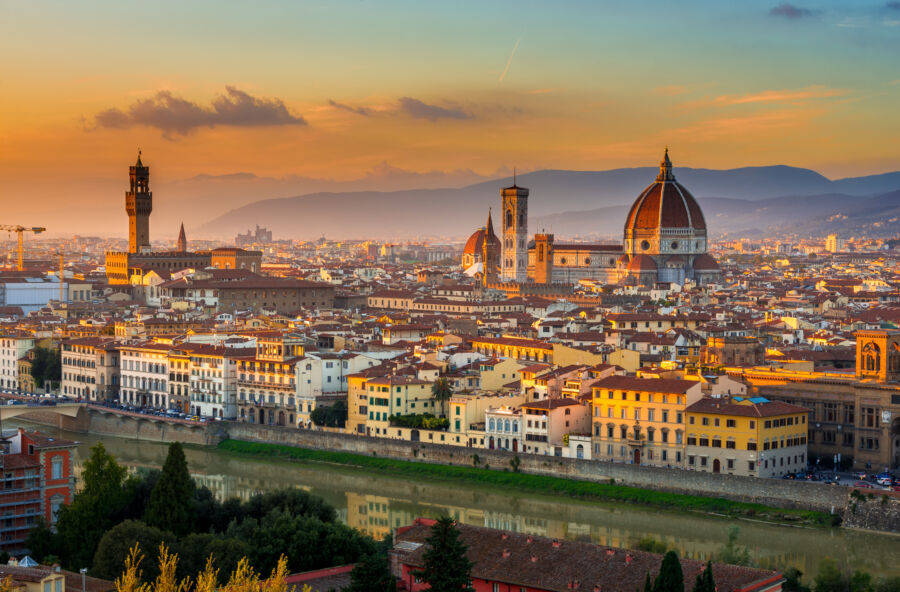
Florence was the birthplace of the Renaissance in the 14th to 16th centuries. The wealthy Medici family backed artists and thinkers, turning the city into Europe’s cultural heart.
The city grew wealthy from banking and wool trade. This wealth paid for stunning buildings like the Duomo and Palazzo Vecchio.
Great minds flourished here. Michelangelo carved his David, Brunelleschi built the cathedral dome, and Leonardo da Vinci created masterpieces in Florence’s workshops.
Lucca: A Bastion of History

Lucca was founded as a Roman colony in 180 BC. The city became famous for its silk trade and became one of medieval Italy’s richest cities.
Its massive Renaissance walls still stand today, protecting the historic center. These walls saved Lucca from many attacks and helped keep its independence.
The city stood firm against Florence’s power. Under rulers like Castruccio Castracani in the 1300s, Lucca rivaled Florence’s influence in central Italy.
Lucca remained free longer than most Italian cities. While others fell to bigger powers, it stayed independent until Napoleon’s conquest in 1799.
Art and Museums
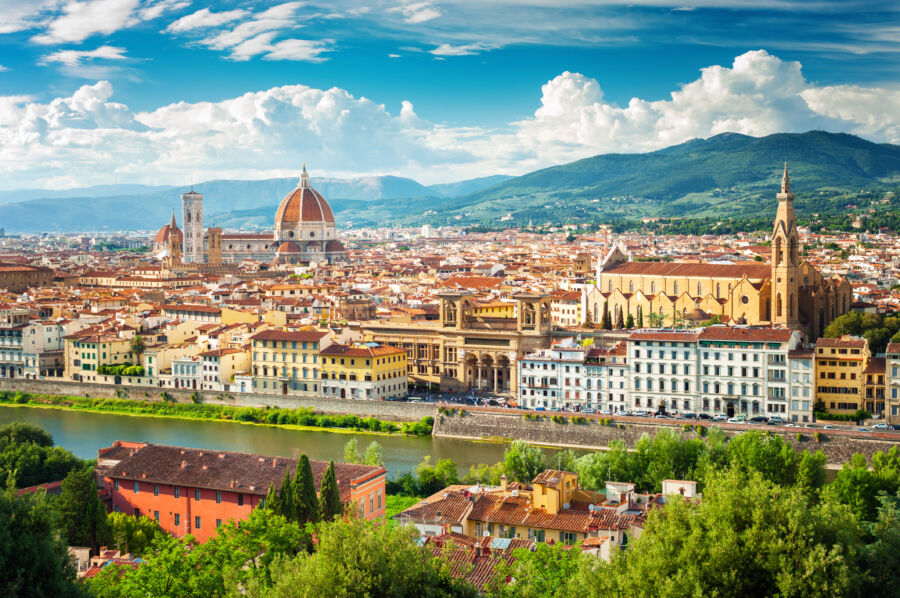
Florence and Lucca offer two different artistic experiences in Tuscany. Florence is a world-famous art capital, while Lucca presents a more intimate look at Italian culture through its local museums and churches.
Florence’s Artistic Legacy
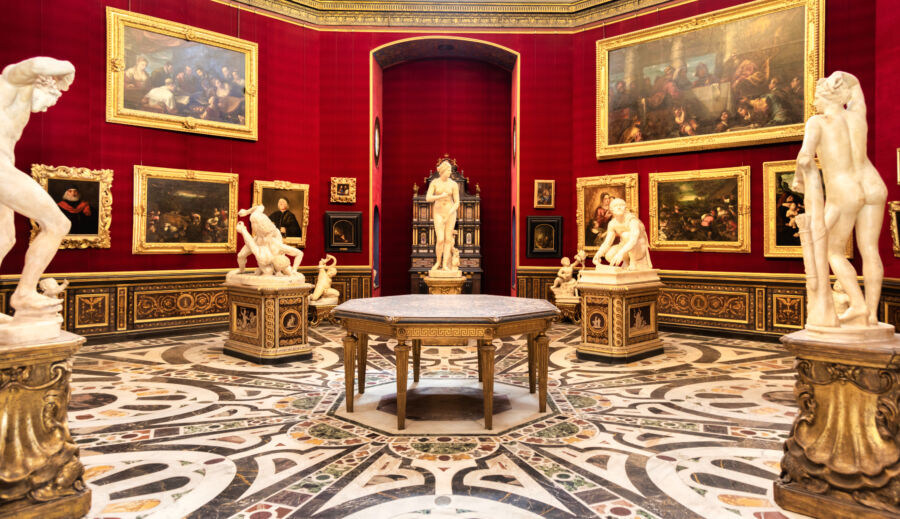
The Uffizi Gallery is Florence’s crown jewel of art. This massive museum holds priceless works from Botticelli, Leonardo da Vinci, and countless Renaissance masters. You’ll see iconic pieces like “The Birth of Venus.”
The Accademia Gallery draws visitors from across the globe to see Michelangelo’s David. It’s best to book tickets ahead – lines can stretch for hours during peak season.
Smaller museums like the Bargello showcase incredible sculptures, while the Palazzo Pitti houses royal collections and modern art. Churches like Santa Croce double as art museums, with frescoes covering nearly every wall.
Lucca’s Artistic Offerings
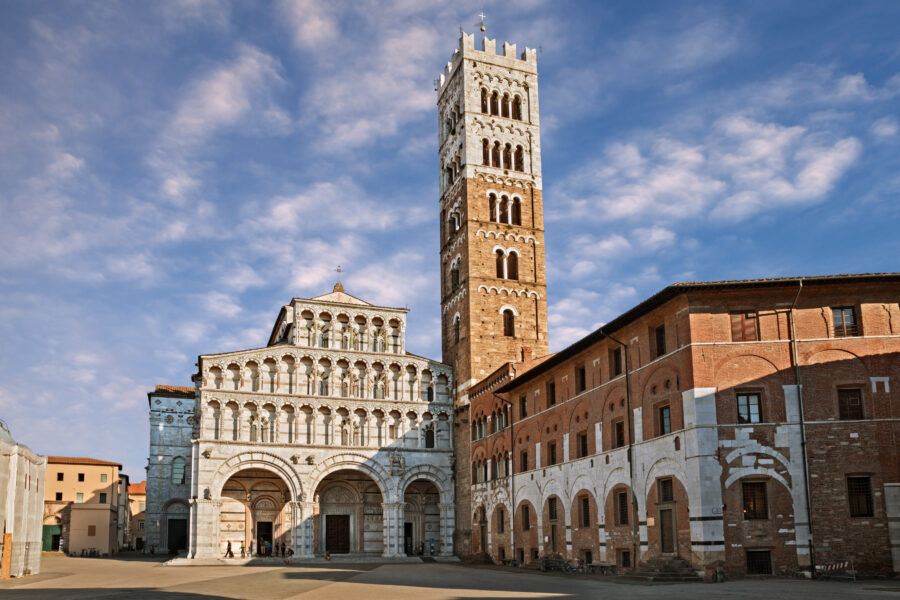
Lucca’s art scene feels more personal and less crowded than Florence’s grand galleries. The Cathedral of San Martino features impressive sculptures, including the famous “Volto Santo” crucifix.
The Palazzo Mansi National Museum displays local art in a stunning baroque mansion. Its collection includes beautiful tapestries and period furniture that show how wealthy Lucchese families lived.
Villa Guinigi holds archaeological finds and medieval art that tell Lucca’s story through the ages. The museum’s collection deeply examines local history through paintings, sculptures, and artifacts.
Small churches across Lucca hide artistic treasures. San Frediano’s golden mosaic facade and intricate interior artwork offer glimpses of medieval craftsmanship.
See Related: Florence vs Turin: Which Italian Gem Should You Visit?
Architectural Wonders
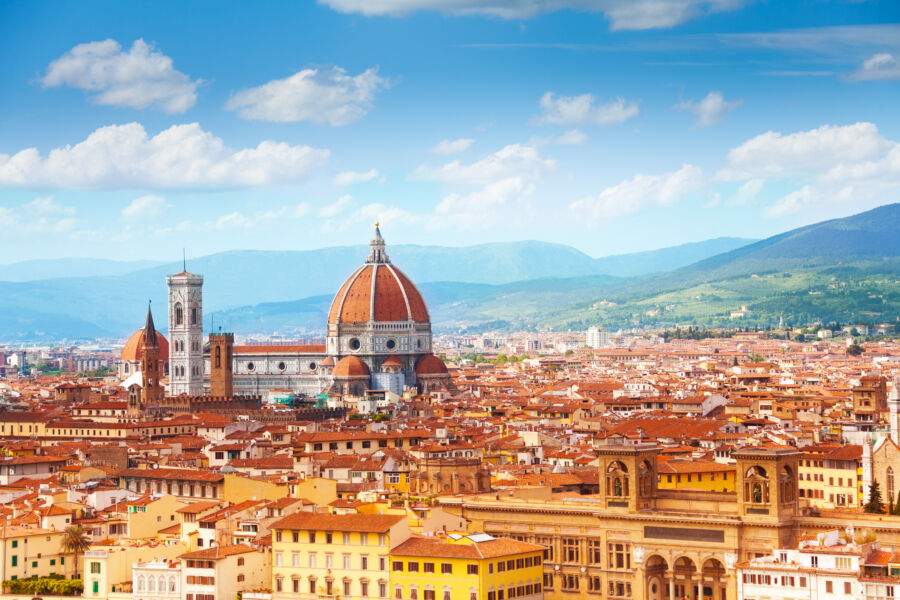
Both Florence and Lucca showcase stunning examples of medieval and Renaissance architecture. The cities tell different stories through their buildings – Florence’s grand palaces and churches speak of wealth and power, while Lucca’s perfectly preserved walls and towers reflect a city built for defense.
Florentine Architecture
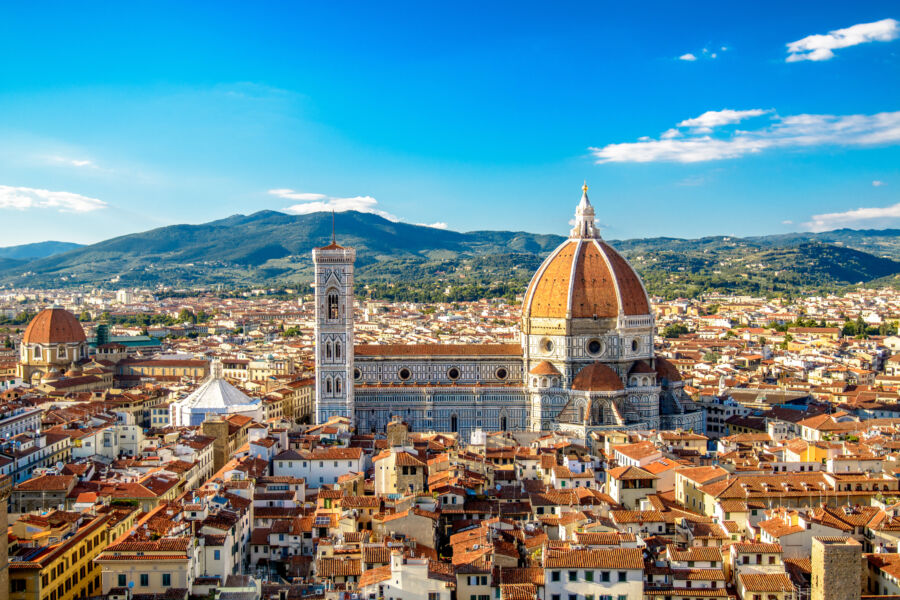
The Florence Cathedral (Duomo) dominates the city’s skyline with Brunelleschi’s massive red-tiled dome. This engineering marvel from the 1400s still stands as the largest brick dome ever built.
The Palazzo Vecchio, with its crenelated tower and fortress-like walls, watches over Piazza della Signoria. With its imposing design, this medieval town hall shows off Florence’s political might.
With its unique design, Ponte Vecchio spans the Arno River—the medieval bridge houses jewelry shops in structures that hang over the water.
Luccan City Walls and Structures
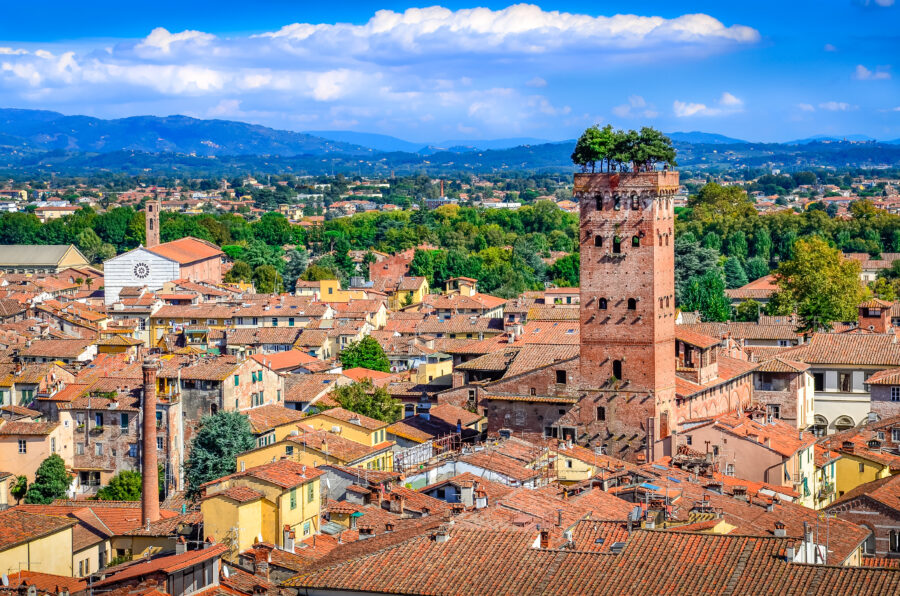
Lucca’s most notable feature is its intact Renaissance-era walls that circle the entire city. These massive fortifications stretch 4.2 km and serve as a park where people can walk or bike.
The unique oval-shaped Piazza dell’Anfiteatro follows the outline of an ancient Roman amphitheater. Medieval houses built into the arena’s original walls create a perfect circle.
The Torre Guinigi stands out with its rooftop garden of oak trees. This medieval tower offers excellent views while showing Lucca’s mix of nature and architecture.
San Michele in Foro church displays an ornate facade with multiple levels of small colonnades, a design that shows the wealth of Lucca’s medieval merchant class.
Culinary Delights
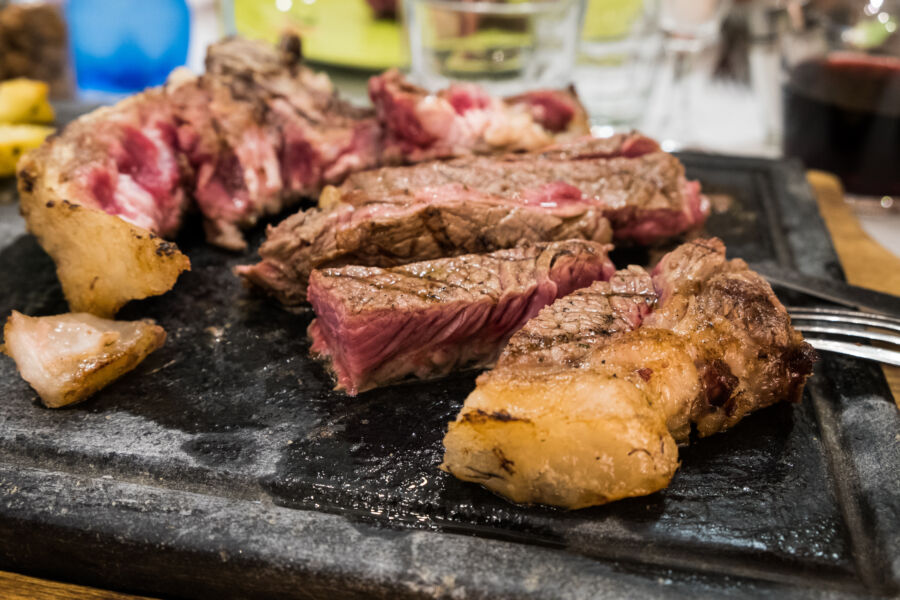
Both Florence and Lucca offer distinct tastes of Tuscan cuisine, with each city putting its special twist on regional favorites. Florence shines with its world-famous steaks and street food, while Lucca takes pride in its rustic, homestyle cooking.
Taste of Florence
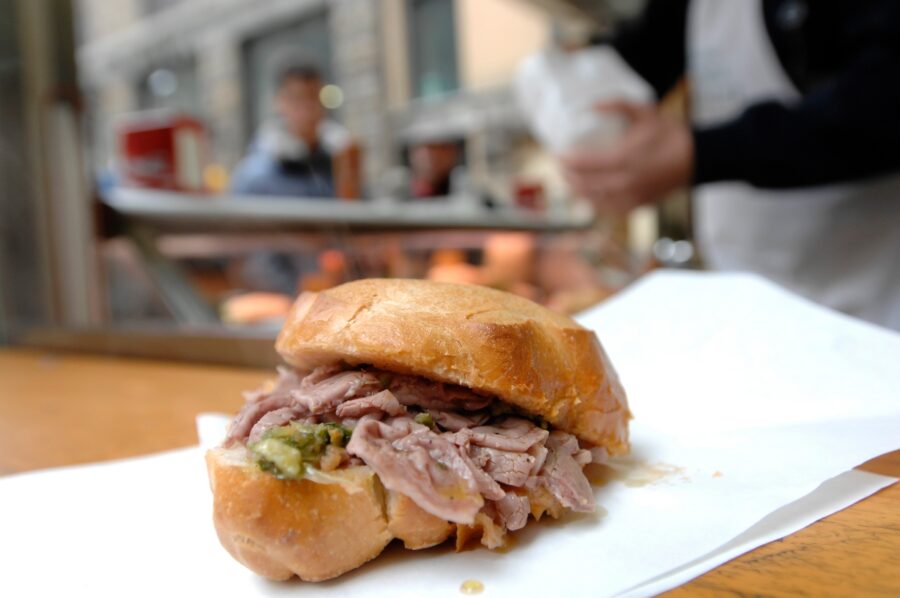
Florence’s food scene mixes elegant dining with casual street food. The city’s signature dish is the bistecca alla Fiorentina, a thick T-bone steak grilled rare over oak coals.
Street vendors sell panino al lampredotto, a sandwich made from slow-cooked cow stomach that locals love. The crispy crostini topped with chicken liver pate makes a perfect appetizer.
Florence’s gelato shops use fresh ingredients like Sicilian pistachios and local milk. Some top spots include Vivoli and Festival del Gelato near the Duomo.
Savoring Lucca
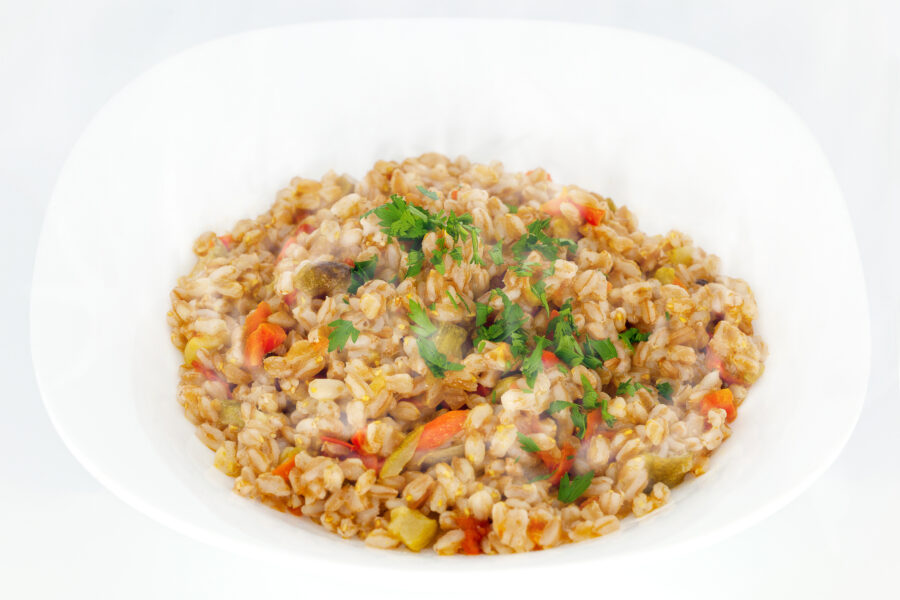
Lucca’s cuisine stays true to its farming roots with hearty, filling dishes. The local specialty, Zuppa di farro, combines barley, beans, and seasonal vegetables into a warming soup.
Osteria da Pasqualino serves some of the best traditional dishes in town. Their handmade tortellini lucchesi—meat-filled pasta in meat sauce—follow old family recipes.
The city’s bakers make excellent buccellato, a sweet bread flavored with anise and raisins. Local shops also sell torta co’ becchi, a rice cake that dates back to medieval times.
Sweet wine and crispy cantucci cookies end most meals in Lucca’s family-run restaurants.
Cultural Experiences and Activities
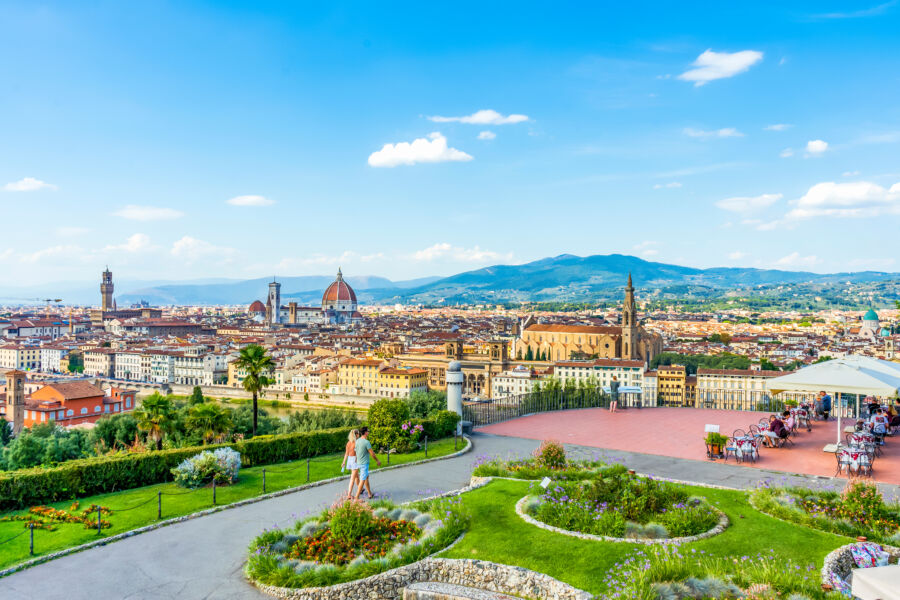
Both cities offer rich cultural treasures, from world-class museums to hidden local spots. Each destination creates lasting memories through art, music, and authentic Italian charm.
Unique Florence Experiences
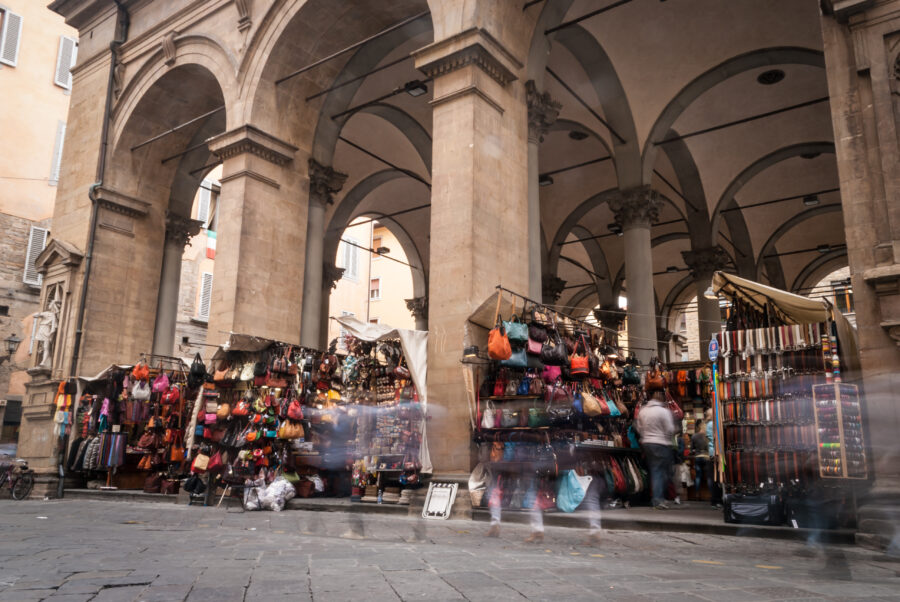
Florence’s art scene stands among the world’s finest. The Uffizi Gallery holds masterpieces by Botticelli and Leonardo da Vinci. Art lovers can book guided museum tours to skip the long lines.
The city buzzes with street artists and craftspeople. Small workshops in the Oltrarno district keep traditional skills alive, from leather-making to gold-smithing.
Local food markets add spice to Florence’s culture. The San Lorenzo Market is filled with vendors selling fresh pasta, truffles, and Tuscan wines. Visitors can also taste authentic dishes at small family restaurants.
Exploring Lucca’s Charm
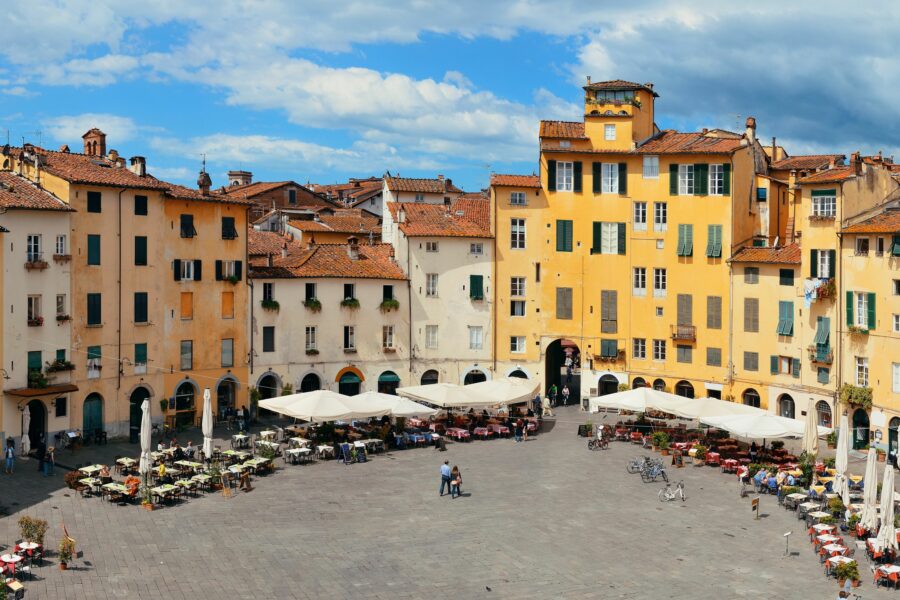
Lucca’s music heritage shines through its Puccini Museum, celebrating the famous composer’s life. Classical concerts happen year-round in historic churches.
The city’s famous walls transform into a perfect biking route. Rental bikes let visitors circle the historic center while enjoying amazing views.
Small cafes serve local treats like buccellato, Lucca’s traditional sweet bread. The narrow streets hide family-owned shops selling handmade goods and regional specialties.
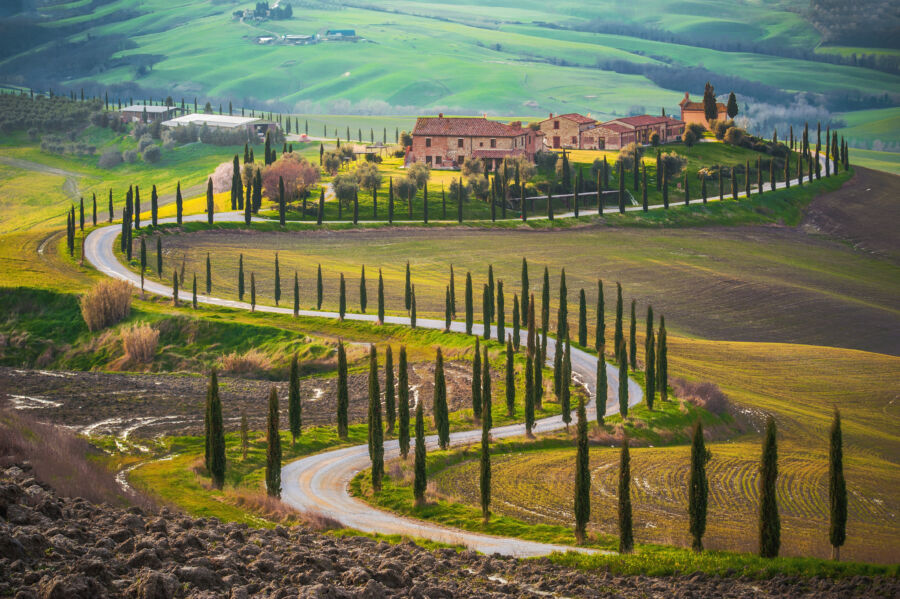
Both cities host lively festivals throughout the year. Summer brings outdoor concerts, food fairs, and traditional celebrations.
Markets pop up weekly in each city. Locals and tourists mix while shopping for fresh produce, cheeses, and crafts.
The surrounding hills offer wine tours and cooking classes. Visitors learn to make pasta from scratch or taste olive oil at small farms.
Medieval traditions live on through parades and festivals. Watch flag throwers practice their art or join evening passeggiata walks with locals.
Shopping and Leisure
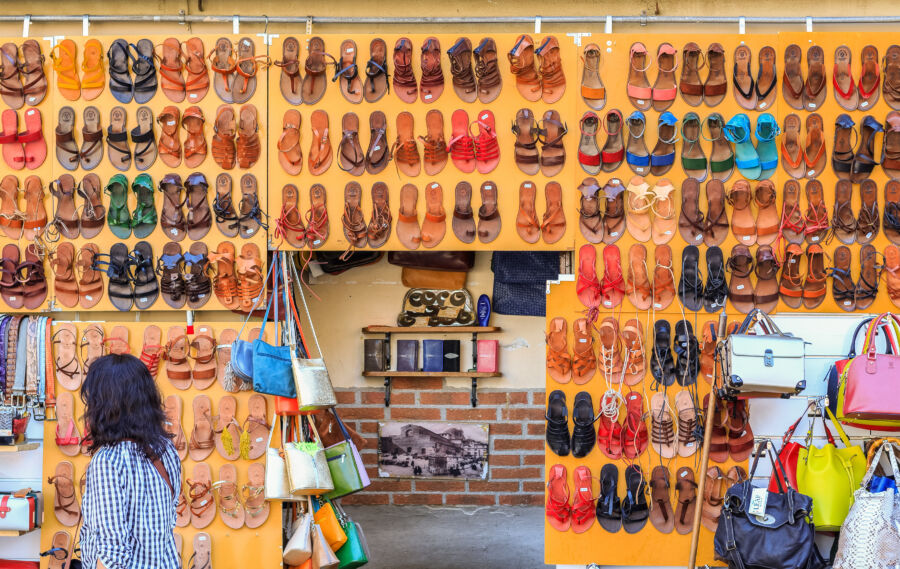
Shopping in Florence and Lucca offers distinct retail experiences. Florence shines with its luxury fashion and bustling markets, while Lucca charms visitors with local artisans and boutique shops.
Florentine Fashion and Markets
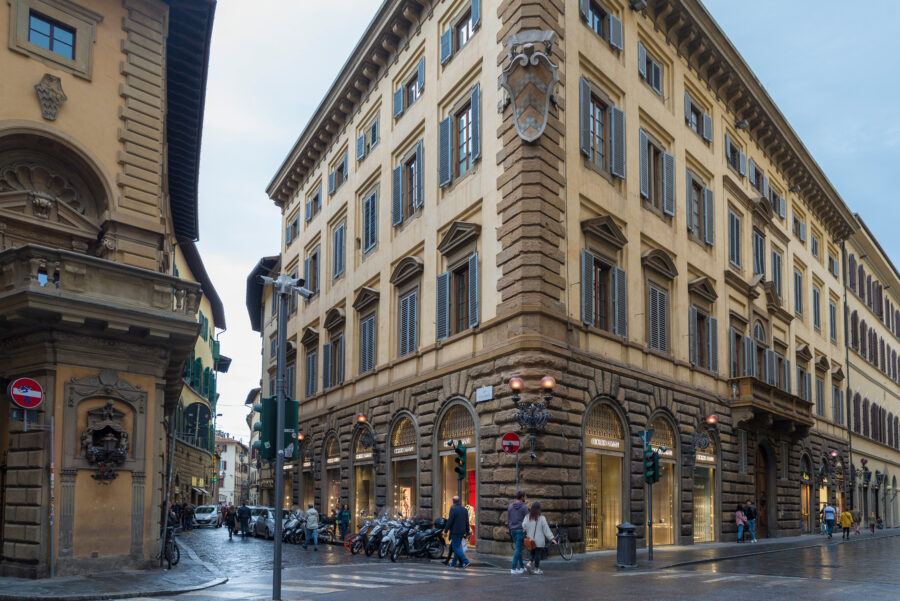
Florence is a fashion powerhouse with its iconic Via de’ Tornabuoni—this elegant street hosts designer boutiques like Gucci, Prada, and Ferragamo.
The San Lorenzo Market draws crowds with its leather goods and souvenirs. Local artisans craft beautiful wallets, jackets, and bags in their workshops.
The Mercato Centrale buzzes with food vendors selling fresh pasta, wines, and local delicacies. The upper floor features small restaurants and cooking classes.
Luccan Shops and Artisans
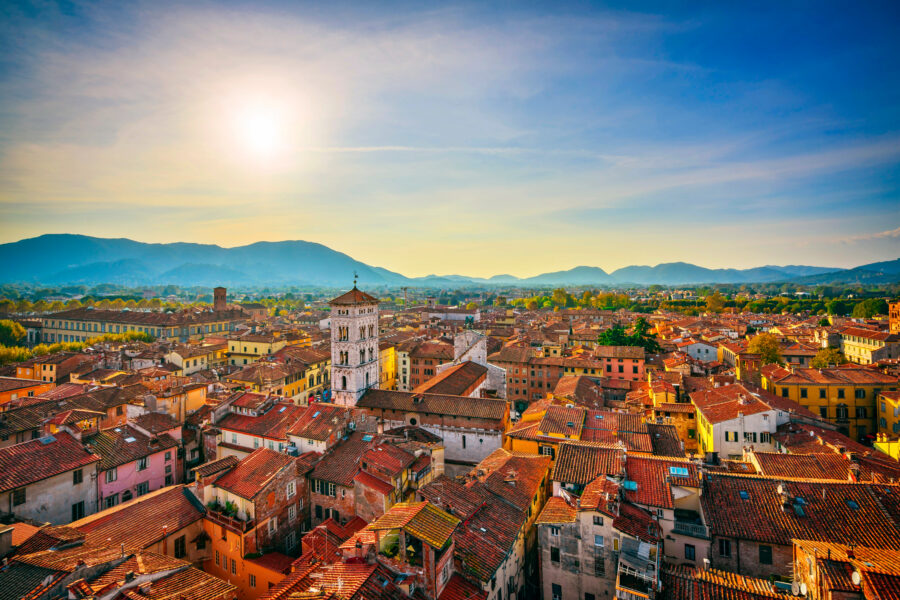
Via Fillungo serves as Lucca’s main shopping street. Small boutiques and family-owned shops line this medieval thoroughfare.
Local artisans create unique treasures, such as handmade paper, silk accessories, and olive wood products. Many workshops welcome visitors to watch their craft in action.
The city specializes in antique shops, especially around Via del Battistero. Vintage furniture, old books, and classic art pieces fill these charming stores.
Food shops showcase regional specialties like buccellato (sweet bread) and local olive oils. These authentic products make perfect souvenirs from Lucca.
See Related: Florence vs Milan: Which Italian City Offers the Ultimate Cultural Experience?
Transportation and Accessibility
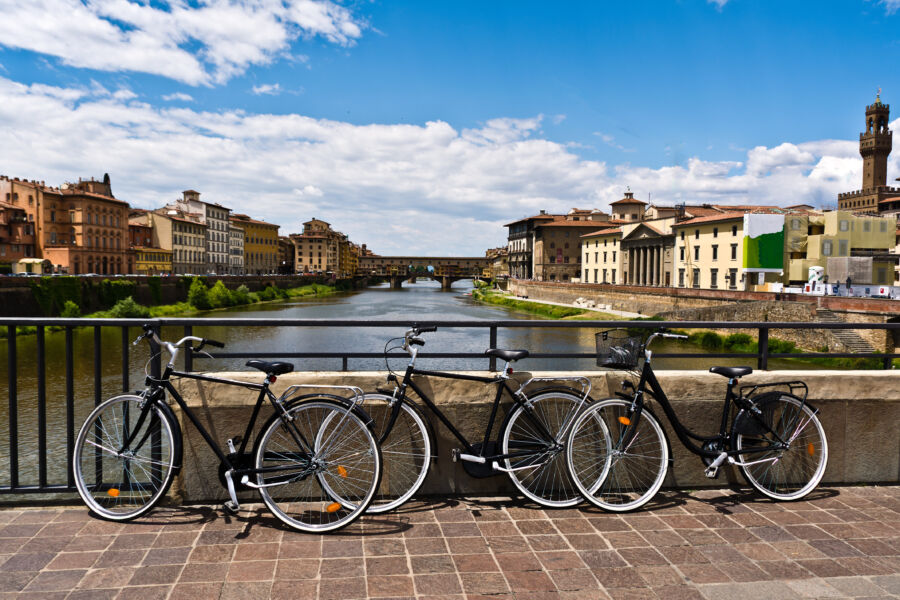
Getting between Florence and Lucca is simple by train, while both cities offer different transportation options for exploring their historic centers. Florence has extensive public transit, and Lucca’s compact size makes it perfect for walking.
Getting to and Around Florence

Florence’s public transportation system includes buses and trams that connect all major attractions. The central train station, Santa Maria Novella, sits in the city center, making day trips easy.
Buses run frequently throughout Florence from early morning until midnight. A single ticket costs around €1.50 and is valid for 90 minutes.
Walking remains one of the best ways to explore Florence‘s historic center. Most major sights cluster within a 20-minute walk of each other.
Tip: Buy bus tickets at tobacco shops or newsstands before boarding – they cost more if purchased on the bus.
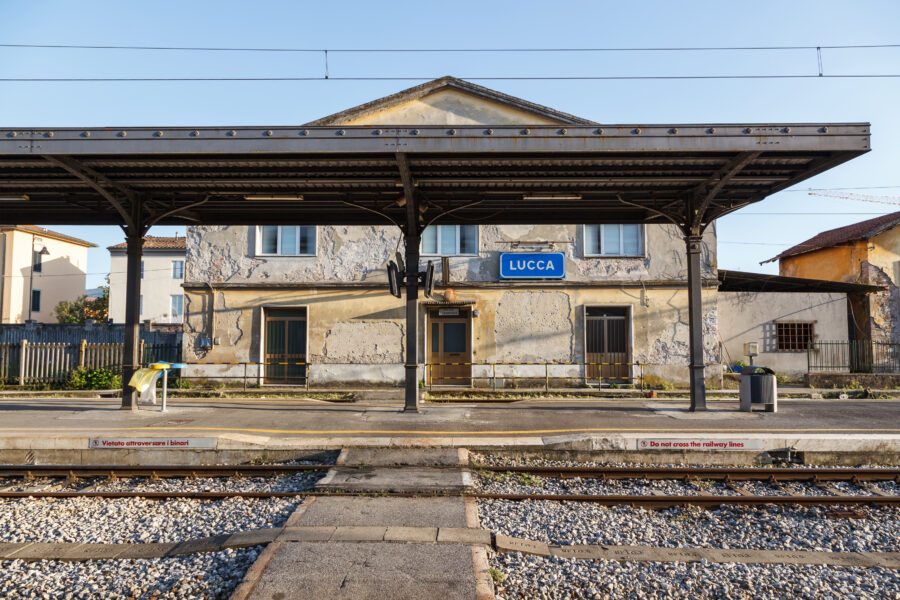
Lucca’s historic center bans most car traffic, creating a peaceful environment for walking and cycling. Several shops near the city walls offer rental bikes.
The train station sits just outside the walls, about a 10-minute walk from the center. Local buses connect the station to key points within the city.
The famous Renaissance walls that circle Lucca create a perfect 4km walking and cycling path. This path offers great views and connects to all the main city gates.
Pro tip: Many visitors rent bikes to ride along the tree-lined wall path – it’s flat and provides a unique way to get oriented with the city layout.
Accommodations and Stays
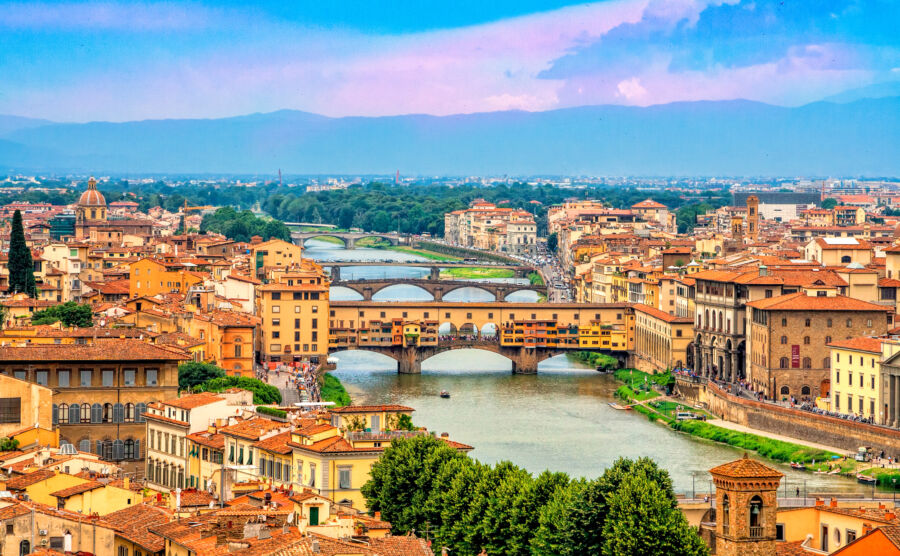
Both cities provide unique lodging experiences with notable price differences. Florence tends to have pricier options in prime locations, while Lucca offers more budget-friendly choices.
Staying in Florence

Florence’s historic center buzzes with charming hotels and apartments. Most travelers pick spots near the Duomo or Ponte Vecchio for easy access to the main sights. The Santa Maria Novella area near the train station mixes convenience with quieter streets.
Prices range from €120 to €400 per night for mid-range hotels and accommodations. Peak season demands early booking, especially from June through August.
The Oltrarno district, south of the Arno River, provides a more local feel with boutique B&Bs and converted palazzos. Many rooms offer stunning views of the city’s red-tiled roofs.
Lodgings in Lucca
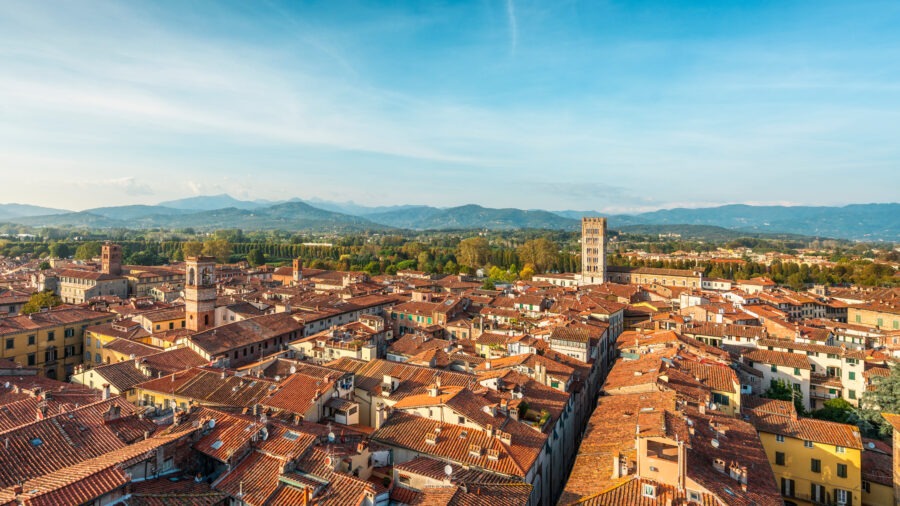
Lucca’s medieval walls cradle various welcoming guest houses and small hotels. The city center features restored historic buildings turned into cozy accommodations, often priced between €80-200 per night.
Many visitors enjoy staying within the walls, where cars are limited. The atmosphere stays peaceful even during busy tourist seasons.
Popular areas include the streets around Via Fillungo and near Piazza dell’Anfiteatro. These spots put you steps away from local restaurants and shops.
Budget travelers find better deals here than in Florence. Family-run properties often include extras like bikes for exploring the city walls.
See Related: Rome vs Florence: Which Italian Gem Steals the Show?
Frequently Asked Questions
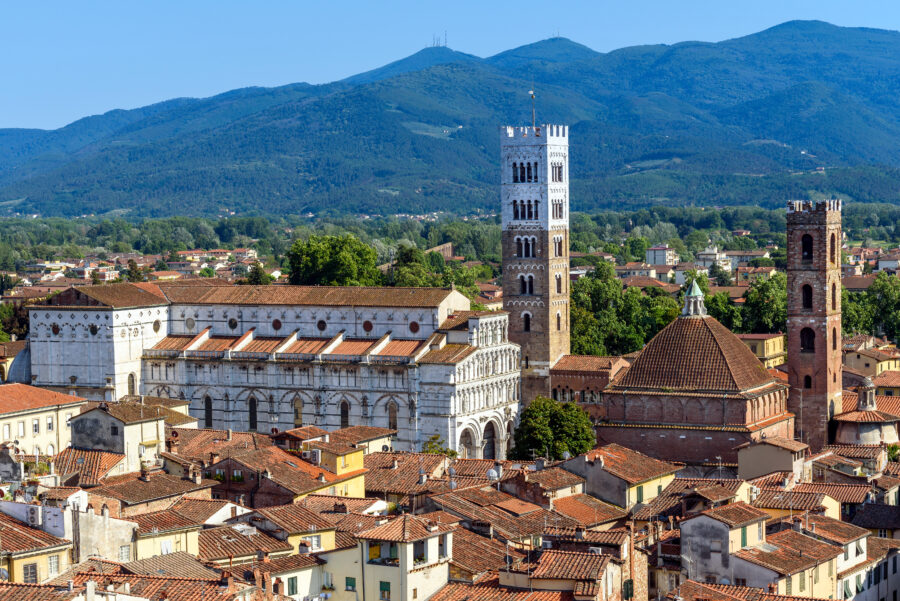
Florence and Lucca each offer distinct experiences for travelers seeking authentic Italian culture, art, and history. These cities showcase Tuscany’s incredible variety, from bustling Renaissance capitals to charming walled towns.
What are the must-see attractions when comparing a visit to Florence and Lucca?
The Uffizi Gallery houses Botticelli and Leonardo da Vinci’s masterpieces in Florence. The iconic Duomo Cathedral dominates the city skyline.
Lucca’s main attraction is its perfectly preserved Renaissance walls. Visitors can bike or walk the 4km circuit for amazing views.
The Guinigi Tower in Lucca features a rooftop garden with oak trees. Torre del Lago near Lucca attracts opera lovers to Puccini’s former home.
How do the cultural experiences differ between Florence and Lucca?
Florence buzzes with art galleries, museums, and street performers. The city draws massive crowds to its cultural landmarks year-round.
Lucca offers a slower-paced cultural scene. Local cafes, small concerts, and peaceful piazzas define daily life.
The Puccini museum in Lucca celebrates the famous composer’s legacy. Street musicians often perform their works in hidden courtyards.
Can you highlight the advantages of choosing Lucca over Florence for a day trip?
Lucca’s flat terrain makes it perfect for walking or cycling. The compact historic center lets visitors see major sights in one day.
The city has fewer tourists than Florence, creating a more relaxed atmosphere. Prices for food and accommodation tend to be lower.
Many visitors enjoy Lucca’s authentic local restaurants like Osteria da Pasqualino.
What travel options are available for those journeying between Florence and Lucca?
Regular trains connect Florence and Lucca, taking about 80 minutes to travel. Services run throughout the day.
Driving takes around 1 hour via the A11 motorway. Free parking is available outside Lucca’s city walls.
Bus services provide another budget-friendly option between the two cities.
Which city would make for a more relaxing vacation, Florence or Lucca?
Lucca’s smaller size and fewer crowds create a peaceful environment. The city walls provide a perfect spot for morning walks or sunset strolls.
Florence’s energy can feel overwhelming during peak tourist season. Finding quiet moments requires careful timing or venturing to lesser-known areas.
Aside from the popular tourist attractions, what are some unique activities in Lucca and Florence?
In Lucca, visitors can take cooking classes in historic palazzos. Local guides offer secret garden tours behind ancient walls.
Florence’s Oltrarno neighborhood reveals artisan workshops and hidden wine bars. Early morning walks along the Arno River show a quieter side of the city.
The hills around both cities feature hiking trails and small vineyards open for tastings.

